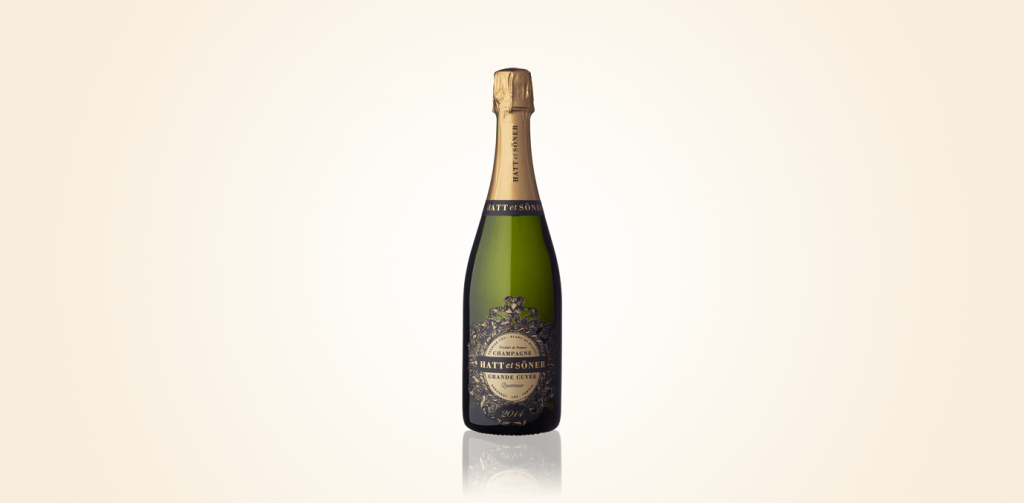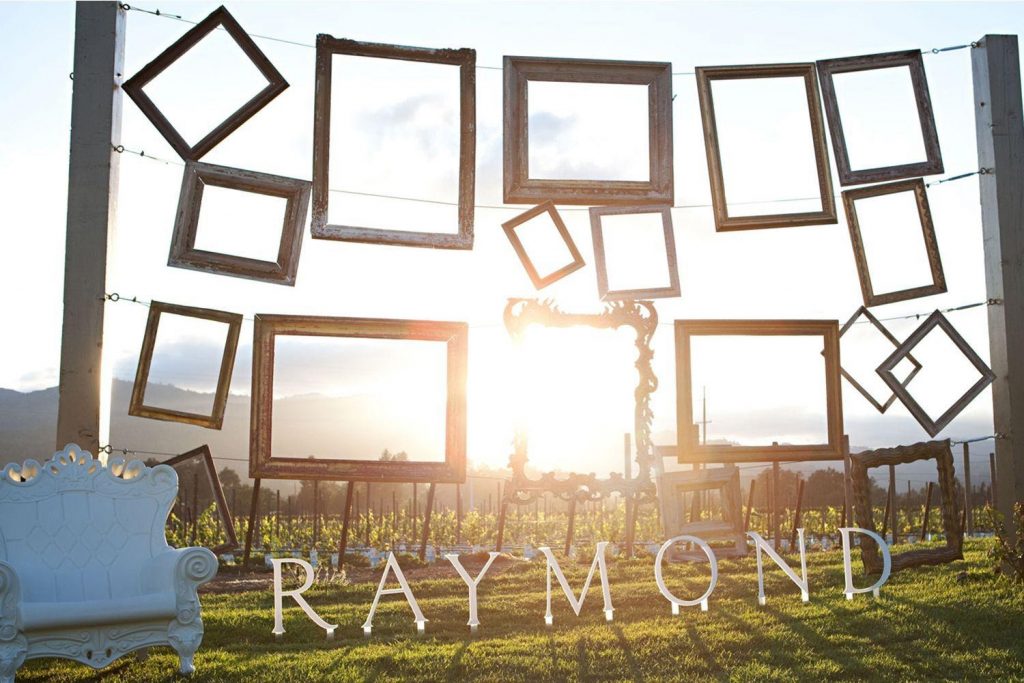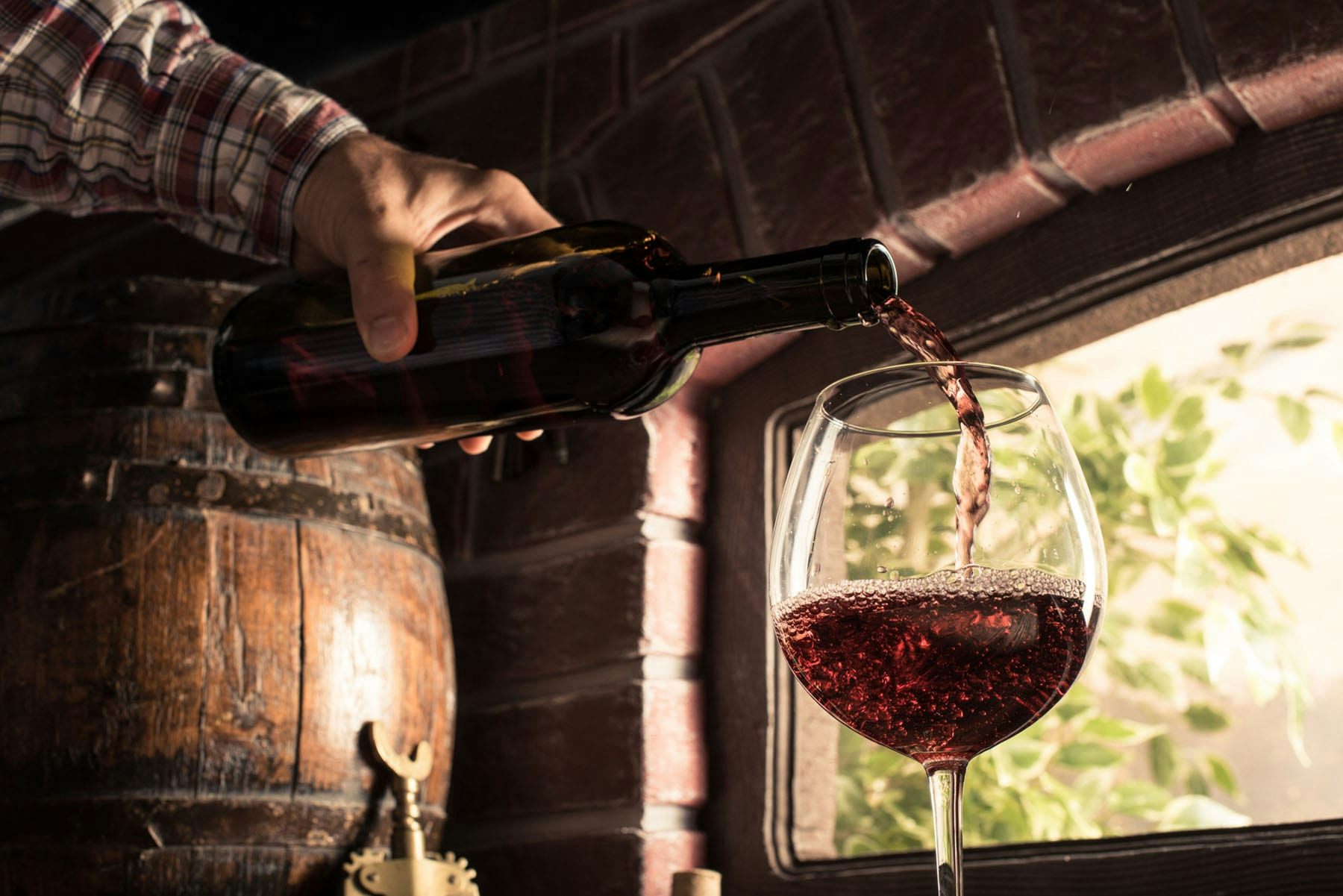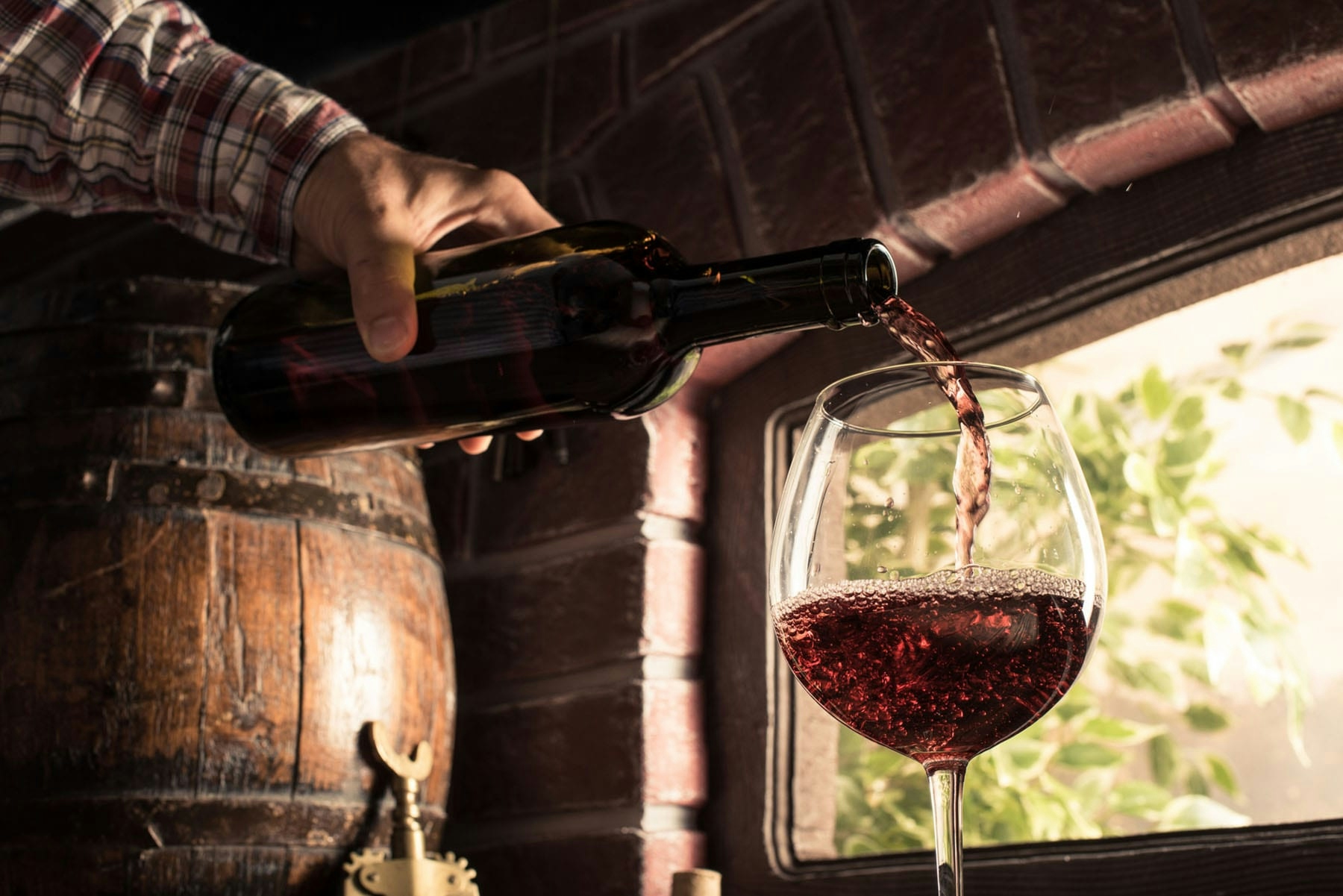Save Water – Drink Wine
People have been drinking wine since the dawn of time. In fact, the history of humanity itself is intrinsically intertwined with that of the grape and its fermentation.
Evidence of wine can be found from Mesopotamia and Rome through to the ancient kingdoms of China, the earliest findings dating it to almost 5000 BCE. No other drink has crossed so many borders, embedded itself in so many cultures and inserted itself so deeply into our collective psyche.
Wine is comfort, conviviality, heritage, refinement and a celebration & mourning in equal measure. Our connection to it perhaps channels our desire to be reconnected with the Earth and even further the bonds of kinship between us as humans. Its unique properties entice a collective spiritual dedication to its growth, preservation and consumption.
We digress endlessly on terroirs, grape varieties, acidities, tannins, regions and growers – its vines seemingly climbing their way into our dinner conversations across the globe. The wine world is so vast and so complex that even the most ardent oenophile can get lost in the myriad of possibilities.
What wine is the best, and where should one obtain it from? Is there a gold standard? If so – where, and how is it made? What is the ideal wine for me? …This is an almost insurmountable problem and those in the know have realised that the only way to truly overcome this quagmire, is to travel to the source – and make their own.
To that end, we have selected some of the world’s most incredible experiences to make your own wine and finally answer the question; what is the perfect wine for you.
Hatt et Söner
Champagne, France

The Champagne region is one of the most regulated and conservative regions in France. A place where tradition, and a certain reticence for innovation, have kept makers producing and selling wines in virtually the same way as their forefathers. With such a staunch rigid adherence to the past – it is no wonder that any new comers would be approached with caution.
Enter Hatt et Söner; a Swedish-French owned house that is making waves in the region since its founding in 2011. Created by young entrepreneurs with a passion for champagne – this house has the unique (and extremely exclusive) ability to allow actual clients to make wines fully customisable to their own palate.
Operating as a member’s club with a strict invitation-only policy, Hatt et Söner members work with one of the most lauded winemakers in the region to get involved in the entire winemaking process: from choosing a vineyard and harvesting the grapes, to maturing and deciding when bottles are disgorged.
No other house has ever attempted this feat due to the huge logistical complexity of execution but Hatt et Söner takes in stride, garnering a fervently loyal member base around the world.
Les Caves du Louvre
Paris, France

Visitors to Paris can hit two birds with one stone by visiting the world-famous Louvre Museum, and making their own wine at this cavernous wine cellar just a stone’s throw away. Established by King Louis XV’s sommelier in the 18th century, this former royal wine cellar brings wine country to the capital.
At Les Caves du Louvre, visitors can create their own wine in just two hours. With the help of an expert, tourists and wine lovers alike are allowed to taste and choose the grape varieties they want in their wine, blend, taste, deliberate and improve, before creating a finished product they’re happy with. Moreover, customers will also lend a hand in making their own label in a seamless design process.
Les Caves’ winemaking experience also includes a highly interactive and immersive experience that engages with your five senses, and further delves into the intricacies of winemaking in an interesting way.
Bodegas San Alejandro
Zaragoza, Spain

Within southern Spain’s hilly wine district sits this classically rustic bodega. Located in Zaragoza, a region is particularly famed for being a winepress as far back as 153 B.C., when it was still home to the Celtic peoples that once inhabited the Iberian peninsula.
San Alejandro is owned by a large family who’s 150 members take advantage of the indigenous garnacha (a popular red wine grape variety that tends to be spicy, berry-flavoured and soft for the palate) that has long been planted in the region to make rich and complex wines. The area’s great variety of soils (white limestone on the plains; red clay on the hills; and slate on the slopes) as well as its late harvests and varying degrees in temperature offer a completely unique set of wine varieties.
Visitors to San Alejandro, can taste and blend this range of wine varieties in order to obtain their perfect coupage. Adding a friendly, competitive environment to the winemaking experience, a visit to San Alejandro is a fun and memorable outing.
Castello Monterinaldi
Tuscany, Italy

Produced in Tuscany, Chianti wine happens to share the same pedestal as extra virgin olive oil when it comes to the Italians. Some have even gone so far as to say that the wine completely evokes the smells and tastes of Italy…In vino veritas we suppose.
Castello Monterinaldi‘s ancient farm has been producing wines for centuries. Although largely destroyed in WWII, the castle ruins date back to 1268 and its settlements to 1000 CE but it is the vineyards that are the pride of the region.
In adherence to tradition, Monterinaldi keeps an organic management of its grapes and ages its Chianti Classico in wooden barrels, a skill that is becoming ever rarer across the region. Visitors to the Castello can learn all about these ancient techniques and delve into their own customisation process – creating their own signature coupage with up to five different grapes whilst under the guidance of an award-winning winemaker (and can design their own label to accompany it). Following this process, the wine must sit for at least 25 days in the cellar before being shipped to the customer’s homes.
City Winery
Brisbane, Australia

City Winery in Brisbane has been a micro-winery, wine bar, and restaurant since 1860. Decorated with an eye-catching wall of barrels, this winery’s wine-blending workshop teaches customers the art of coupage, as well as the secret techniques professionals use to acquire a flawless taste and texture profile.
City Winery also offers a vintage membership that brings together winemakers and wine fanatics, who will be lend a hand in picking fruit (during the harvest season), stomping and pressing of grapes, plunging tasks, in addition to wine blending and bottling.
Raymond Vineyards
St. Helena, California

The Raymond family has been an important part of viniculture in sunny California since 1970. Bordering Rutherford and St. Helena, this certified organic and biodynamic vineyard embraces a sustainable, holistic approach to making wine. The 90-acre estate produces world renown wine and is 100% powered from renewable energy sources.
Their Winemaker for a Day opportunity takes place in the Blending Room, where you will get to learn how to blend your own signature Napa Valley Bordeaux-style red blend. Guests will also experience the packaging process – from corking it and foiling it, to adding their very own custom label – and can order cases of their blended concoction to share with family and friends.
Raymond’s Vineyard is part of the esteemed Boisset Collection.
The Hess Collection Winery
Napa Valley, California

A wealthy Swiss businessman and wine-lover, by the name of Donald Hess travelled to California in the mid 1970s and became enchanted with the region. Learning about the volcanic history of the region and its unique combination of soils and climate he found that the Napa Valley could produce rich, intense, and well-aged wines – much like those of France or Italy.
Returning some years later to California – he purchased a few vineyards, with the intent of making his own wine. Much trial and error later, The Hess Collection was born. Operating out of a historic stone building dating back to 1903, Hess has been winning awards for decades.
Among their many great wines is the astounding The Lion Cabernet Sauvignon, a 2014 vintage that acquired 96+ points for its elaborate profile made from grapes at Mount Veeder. Now, visitors to the vineyard can also participate in the winemaking process by participating in the ‘Lion Taming’ programme; a cleverly named winemaking experience where guests can experiment with blending three varietals, then comparing their own blend to the winery’s signature Lion Tamer Red Blend.
Hess Collection’s is truly one of the best wineries in the region – annually distributing a around 600,000 cases a year as well as its signature limited edition wines.


